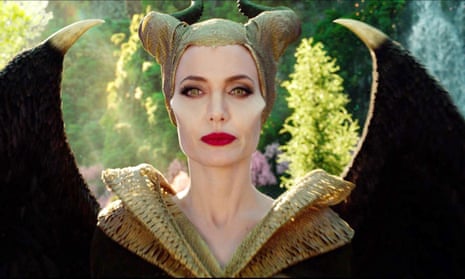In what is likely to be seen as a boost for Hollywood’s drive to redress decades of male dominance on screen, a new report suggests that a record percentage of leading characters in successful American films are female.
The new edition of It’s a Man’s (Celluloid) World, an annual report from the Center for the Study of Women in Television and Film at San Diego State University, finds that 40% of the 2019’s high-grossing US films contained a female lead character, compared with 43% male (with the remaining 17% having ensemble or equal male-female leads). This is the highest proportion that the survey has recorded, with the earliest figures, from 2002, at 16%. The lowest year was 2011, when the figure was 11%.
The report focuses on the top 100 grossing films of 2019, as tabulated by the data-gathering website Box Office Mojo, which includes such titles as Avengers: Endgame, Joker and Maleficent: Mistress of Evil.
The outcome is slightly less positive when it comes to the wider categories. Female “major characters”, which the survey defines as ones that “appear in more than one scene and are instrumental to the action of the story”, have increased by 1%, to 37%, while female speaking characters fell by the same margin, to 34%.
Tellingly, the involvement of a female director or writer appeared to make a difference to the number of female protagonists. The study found that in films with at least one woman director and/or writer, females comprised 58% of protagonists, as opposed to 30% of protagonists for films with only male writers and/or director.
In an effort to understand how women were portrayed on screen, the study also broke down characters in terms of age, ethnicity and occupation. Female characters were overwhelmingly designated as white (68%), with black (20%), Asian (7%) and Latina (5%) well behind. Fluctuations in the figures, the researchers point out, can be affected by single films: the 3% increase in Asian characters in 2018, for example, can be attributed to the release of Crazy Rich Asians that year.
Female characters are also less likely than their male counterparts to have an identifiable job (61% to 73%), and were far less likely to be given leadership roles (26% to 74%).
